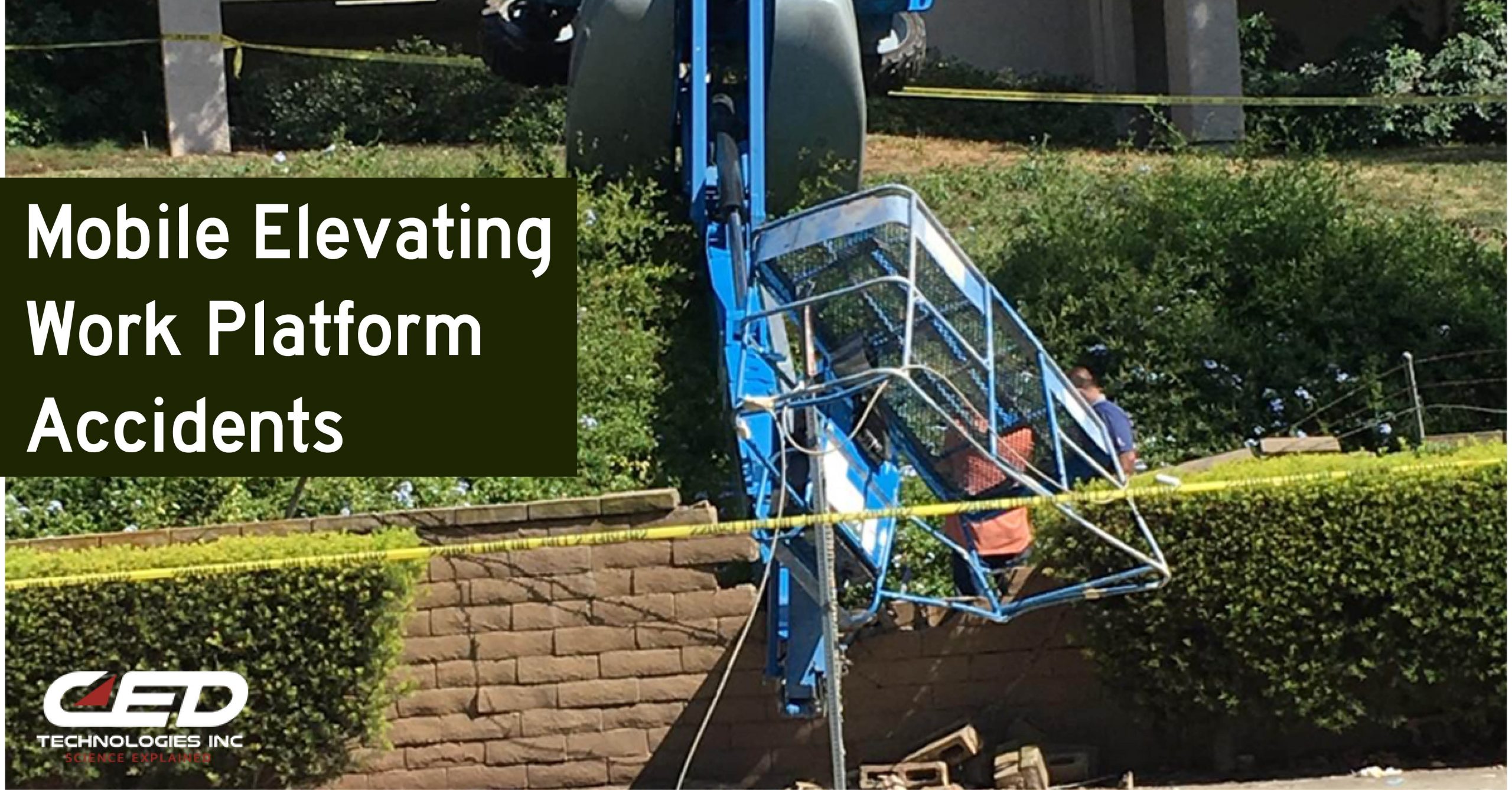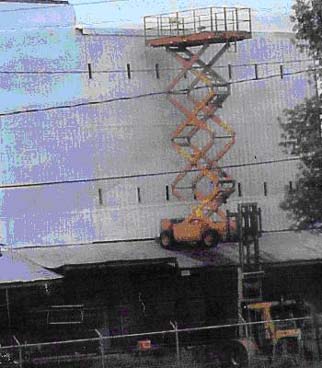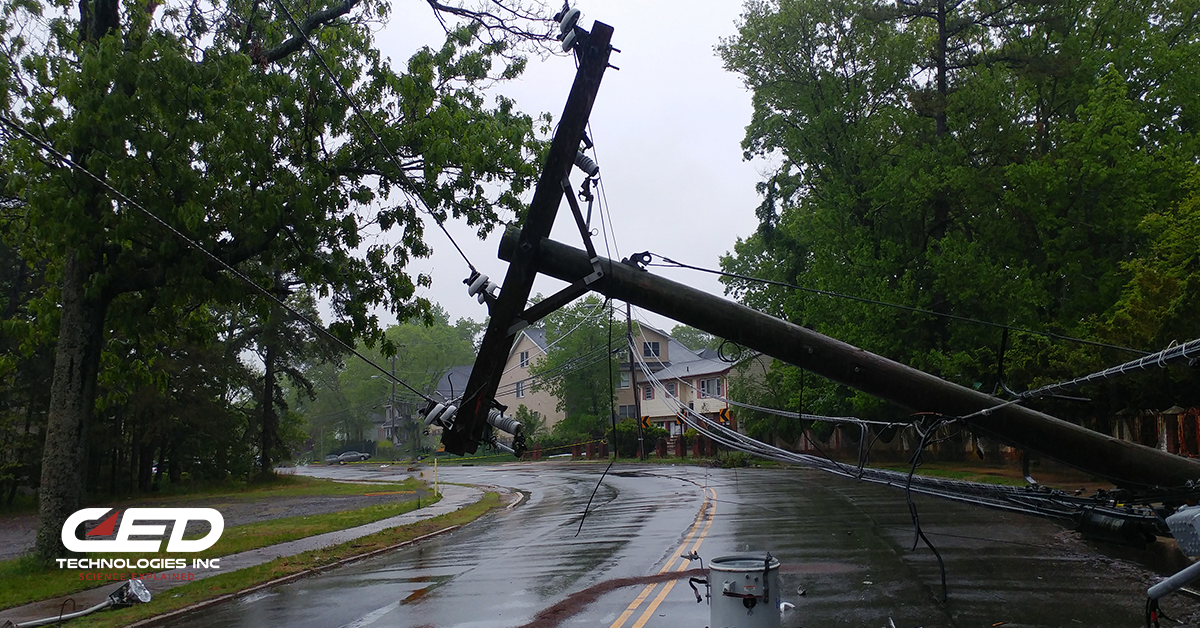Mobile Elevating Work Platform (MEWP) accidents include tip-overs, crushing and struck-by incidents, and electrocutions resulting from proximity to or contact with power lines. Tip-overs, for example, can occur because of non-level or unstable surfaces, like the one depicted in the main image, or from excessive side loading at the platform. Striking a depression or an obstacle during transit can cause the machine to jolt or tip over. The result of these incidents can include personal injury, damage to the equipment or worksite, and lost work time.
Occupational Safety & Health Administration (OSHA) regulations govern the use and maintenance of MEWPs and the training of operators. The Scaffold & Access Industry Association (SAIA) develops consensus standards that discuss the responsibilities of manufacturers, owners, lessors, users, and operators.
The CED Approach
The engineering expert should be a rapid responder for any MEWP accident, so that evidence can be preserved and documented. Once on the scene, the engineer will use the MEWP manual to perform a pre-operational inspection of the device, and then test the MEWP to verify operation (when possible) of all the control and safety features. Additionally, the incident scene will be documented, and maintenance records will be evaluated to determine the pre-use condition of the MEWP.
CED’s Rapid Response Team
- Suzanne Glowiak-Hilton, MME
- Brian Mills, PE
- George Wharton, PE, CFEI, CVFI, CFPS
- William Daley, PE
- Tom Hannon, PE, CFEI, CVFI, CFPS
- Greg Paulsen, PE, CPE, CFEI, CFPS
- Neil Mayor, PE
- Geoff Wardman, PE
Retaining the engineer as soon as possible will give the engineer the best chance to capture the evidence, understand the contributing factors to the incident, and ultimately help the client understand potential liability.
Click Here to Submit an Inquiry About a Possible Claim or Case.






